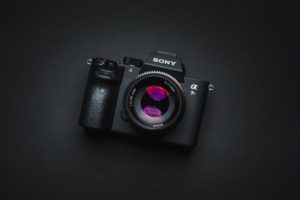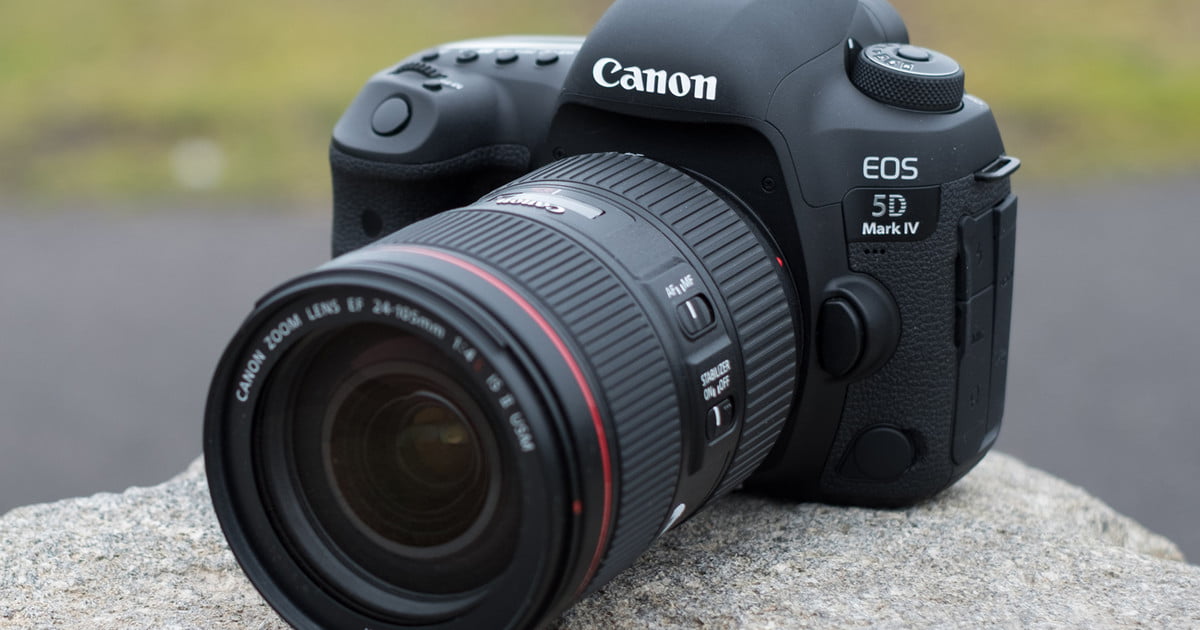The Sony A7 III is the type of camera you would have if you want a more expandable pack of options if you are frequent with replacing lenses or SD Cards and other similar hardware. It is one of the good stabilization cameras I have seen so far in this time frame

I generally wouldn’t say the A7 III would meet the standards of what you would see in, for example, the average Canon camera, but the Mark IV but it still has its own uniqueness which can make up the current competition it could already be facing. I noticed like if we take the sensor size which is 35.6 x 23.8 mm. I noticed if we analyze the photography the lens is pretty good with keeping the frame intact while keeping the main subject that is moving more emphasized in the frame.
Lens And Frame Configuration
But at the same time, we also have the same 50/50 contribution of the 93% AF frame coverage helping as well. I noticed the A7 III has a lot more expandable lens options and pricing than to what I have seen with other cameras in the past. Most Pros would immediately start using the 24 – 105mm package. If you aren’t a frequent user, I would obviously start using the 24 – 70mm Zeiss or G Master version just to give yourself an easy experiment
Zeiss And G Master
I mostly find Sony Cameras to be pretty good with video stabilization, so in that instance, I would try experimenting with the Zeiss lens as it does have a better purpose with Zeiss. Just looking at a regular branded Zeiss camera alone it has a 35 mm f/2 Distagon lens which makes it pretty easy to edit in certain applications like Lightroom Classic or general Adobe Photoshop, but knowing this and if you were to select this as your plan I would estimate you to be mostly set. But there is obviously more to say
Lastly, you have the traditional Sony G master lens. This lens has 10 FPS with both AE and AF tracking on it and the aperture range is f/2.8 to f/22 which would then make the official focus distance 1.25 feet, an estimate. Like if you were taking photos in places like National PArks it really gets rid of the tiny blurred shadows of the background, it really gives it more of a resolution to it. It’s pretty unique to notice nonetheless
Computer Editing
The A7 III has a 4k UHD 2160p camera. So obviously if you have a basic common sense about it the average WIFI connection will put in more effort in uploading files to whatever editing service you may use. I couldn’t find any other lenses that could go below to at least 1080p but that could just be manually fixed in whatever media editor you are using. Lightroom Classic and Premiere Pro are good resources.
The A7 III can only shoot video at a max of 24fps – 30fps, which is fairly normal but I cannot be entirely accurate looking at standards for FPS in 2019 knowing this is a flagship from a couple of months if not a year ago. Although I am practically used to this because The 5D Mark IV also has 24fps – 30fps so if you are using a flagship camera that isn’t necessarily from this time frame (or is) that uses 24fps – 30fps media editing should be mostly the same for you to make an accurate prediction
Basic SD Card Selection
In addition, it has the traditional 128GB Sans SD Memory Card. It also has a 64GB Memory Card. Like anyone can say I would start off with the 64GB but honestly, I don’t really think it would matter. Most people at this point use more than 128GB worth of storage for any full-frame digital SLR anyway, but you still can limit your options
Conclusion
Overall, I would have to say this camera is very much better than the Canon Mark IV to have a general idea. The more of an improvement I noticed is an improved Aperture and a more expandable sensor size package. Its an improvement for cameras that would at least met my standards, in this case, April 2019.





Good Camera…….but its to chunky